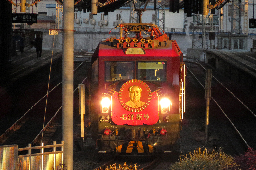What’s the environmentalist or progressive thinking on designing rural spaces?
I live on a farm and need my car/motorbike to get around.
Rural communities can’t be served by trains because the small population doesn’t justify the cost.
Are we supposed to have train stations every 30 miles, and park-and-ride everywhere? Should we be riding quad bikes instead of cars? Really my question is: is there a generally-agreed on set of principles for progressive rural design, like there seems to be for cities?


Cars are just going to be a part of rural life by necessity, but there are still things we can do to help the situation.
There are plenty of old main streets in small towns that are pretty walkable. Prioritizing these sorts of layouts over stroads and strip malls is going to take cars off of roads.
Once you get rid of the idea that public transit should be profitable, buses can become a good way to get people to and from major destinations. Busses dont require a ton of ridership to be an improvement over cars and they can make use of car infrastructure. And for travel through busy parts of town, it’s relatively cheaper for a bus to get the right of way access for dedicated roads and bypasses.
Finally, intercity rail and BRT setups can get people between points of population quickly.
Some people will just have to drive and there’s no way around it. But in the ideal scenario, you might have a bus that passes through a few small neighborhoods of just a few houses each on the way to a nearby small town or factory. Once it reaches that small town, some folks get off to shop or hang out or attend an event, a few others hop an intercity rail that goes to nearby larger town or even the big city. Some folks will find themselves driving to the intercity rail, but if theyre using that rail (which may have high speed clearance), thats still fewer cars on roads.
This is how america worked in the first half of the 20th century, and theres no reason it can’t work today
Remember, before cars, every single place in the world was connected with either public transportation or walking. It worked then and it can work now.